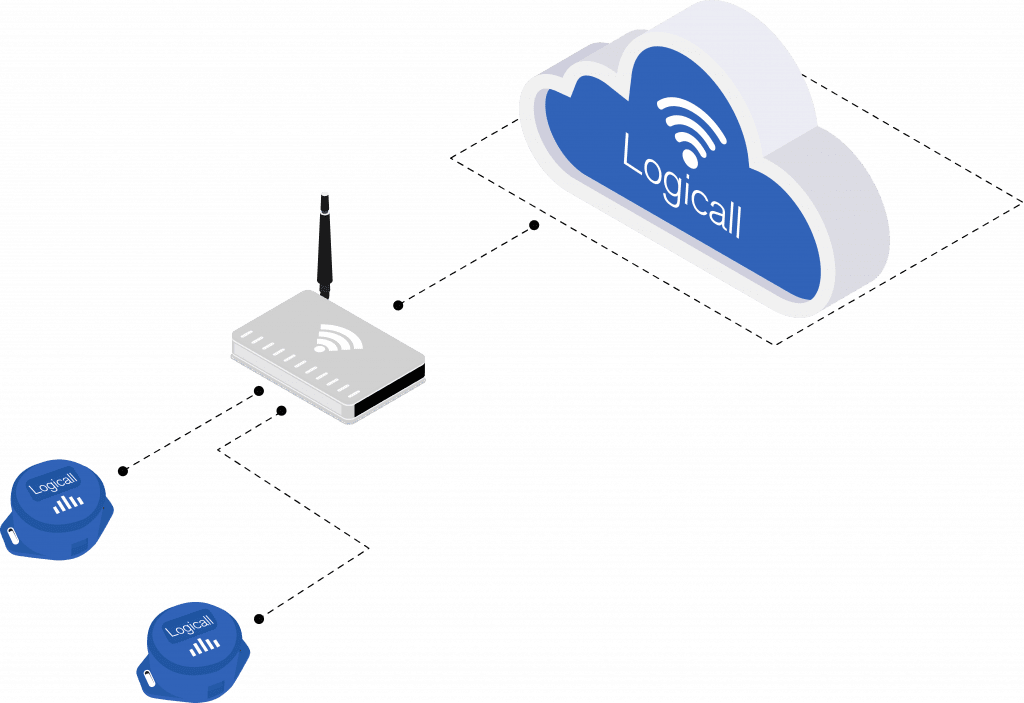Unlocking Hidden Benefits: Monitoring Systems Beyond the Basics
The allure of monitoring systems often revolves around their alarming capabilities and data storage prowess, particularly for compliance. However, beneath these evident features lies a treasure trove of untapped benefits, from energy conservation to performance optimisation. This guide unravels these often overlooked advantages, helping you to harness the full potential of monitoring systems for both cost savings and operational efficiency.
Ditching Manual Checks: The Time-Money Nexus
Compliance in many sectors mandates daily temperature recordings, sometimes even more frequent. While routine checks by staff might seem cost-neutral, remember: time is money. An hourly wage of £8.75 spent on manual checks equates to nearly £1,590.68 annually. Automation not only saves this cost but redirects human resources to more valuable tasks.
Moreover, manual checks are error-prone. Whether it’s the potential for human oversight or inaccuracies from unit displays, manual processes jeopardise data integrity. Plus, manual recordings often lack temporal diversity, missing out on critical temperature fluctuations throughout the day.
Safeguarding Your Assets: Minimising Stock Loss
Consider the stock in a unit ranging from £1,000 to £5,000 – sometimes even invaluable samples. An alerting monitoring system can instantly offer a substantial return on investment by preventing stock loss. Beyond the direct stock value, consider secondary costs: reordering, disposal, testing, operational disruptions, and updating SOPs. An efficient monitoring system negates these, ensuring stock protection.
Embracing Energy Efficiency
Energy consumption ties directly to temperature regulation. Overcooling by even a single degree can spike energy costs by up to 5%. Thus, consistent and accurate temperature monitoring can lead to substantial savings. Monitoring systems serve as the unbiased referee, affirming units perform at set temperatures and helping recalibrate when necessary.
Furthermore, other factors like damaged door seals can elevate energy consumption. Such faults might go unnoticed physically but are evident in the data trends from a robust monitoring system.
FAQs: Dispelling Common Concerns
1. Installation Hassles? Typically, installations are straightforward. The complexity varies with system size and choice. Opt for wireless sensors to reduce routing hassles, and prefer systems that operate without extensive internal IT support for a smoother experience.
2. Cost Implications? This varies based on your needs and the provider. List down your requirements, research, and compare options. Many systems are available through third parties or distributors, offering a wide choice.
3. Operational Disruptions? A good monitoring system seamlessly integrates into your operations, silently working in the background, enhancing processes rather than disrupting them.
For a deeper dive into the world of monitoring systems and to stay updated, visit www.logicallmonitoring.co.uk. Subscribe to our newsletter to ensure you never miss out on future insights.

